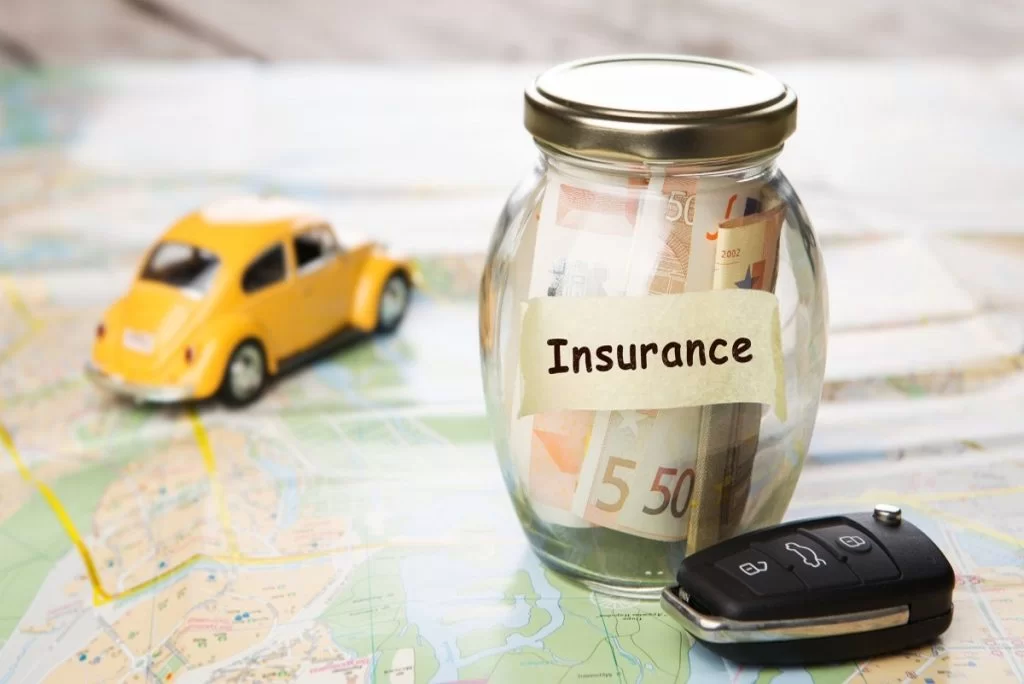
Did you know that using your car (private or business) affects your premium? But what exactly do we mean by private use? We have listed some practical differences between private and business driving for you.
Private vs. Business use
Commuting to and from work falls under private use. Even if you only drive the car once for business (maximum 500 km per year), you indicate when you take out the car insurance that you drive privately. So if you only use the car to drive to work and back, you insure it privately.
You use your car for business if you use the car or bus, for example, for goods transport, paid passenger transport, courier services, or if you have a driving school. You always insure a company car on the balance sheet with business car insurance.
Difference between private and business car insurance
Private car insurance is often cheaper than the business variant. This is because there are greater risks with business car insurance, but there are also more options. For example, with business car insurance, you can let changing drivers drive. You can also choose to settle the VAT. Because claims, in this case, are also paid out exclusive of VAT, you pay a lower premium.
Just like private car insurance, business car insurance offers different coverages. Take freight transport insurance. You take out this if you use the business car for goods transport. There is an adapted cover for every transport. Company cars drive many kilometers with often several drivers. These cars are, therefore, more at risk of damage. This is reflected in the amount of the car premium.
Ensure a gray license plate.
You always ensure a delivery van or van with a gray license plate. If you include a gray registration vehicle in the business, this falls under business assets. Even though you pay a higher premium for business car insurance, it is often interesting from a tax point of view. For example, you get an exemption from bpm (tax on passenger cars and motorcycles), and you can deduct the VAT on purchasing the delivery van. In addition, the road tax rate is lower.
The exemption from bpm does have some conditions. For example, you must drive more than 10 percent of the annual kilometers for business. You may also not convert the van into a passenger car or sell it before it is five years old. When taking out business car insurance, it is sometimes possible to settle the bpm. This has the favorable result that you pay a lower premium.
Our solutions help you move forward.
Curious about the different forms of business car insurance? Talk to one of our business advisors near you. They will help you find the most suitable car insurance that fits your business situation. Our solutions help you move forward.


